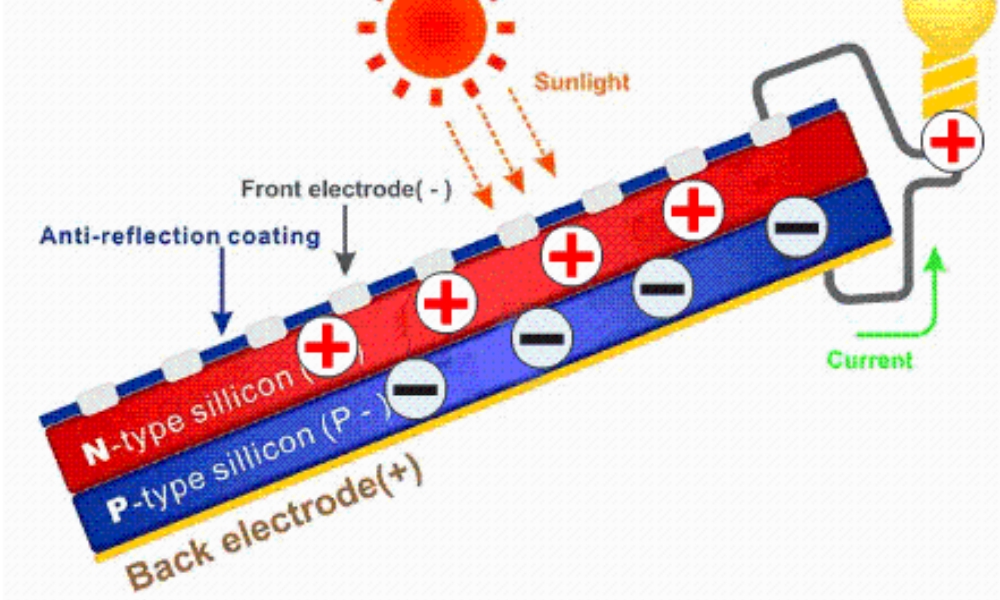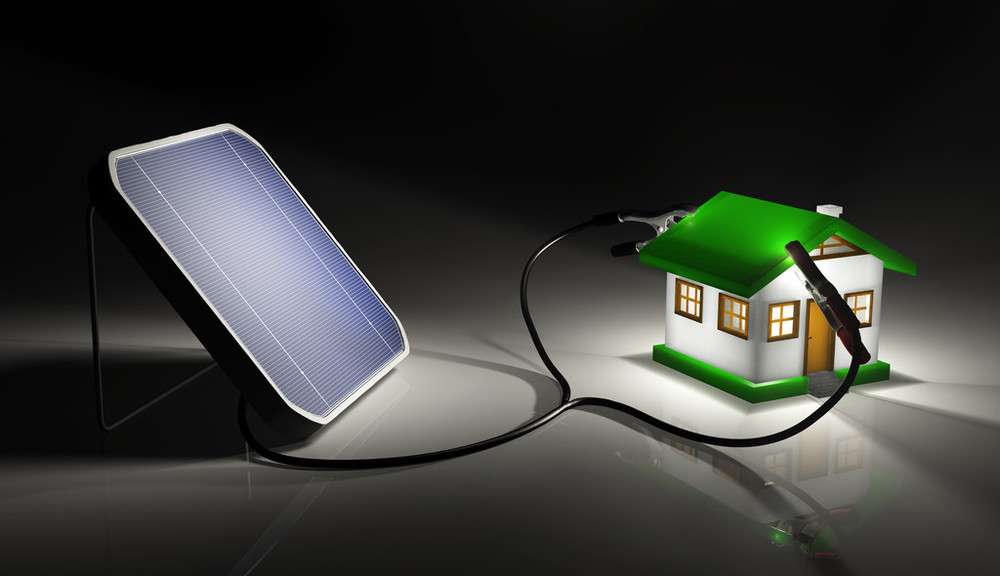Home > > 12 meters per minute: New technology significantly improves the manufacturing speed of perovskite thin film batteries
12 meters per minute: New technology significantly improves the manufacturing speed of perovskite thin film batteries
 5/9/2023 12:54:23 PM
5/9/2023 12:54:23 PM FNEPower
FNEPower 4082
4082
According to foreign media reports, although perovskite solar cells are rapidly catching up with their silicon predecessors in efficiency, they still lag behind in production speed. Now, researchers at Stanford University have developed a new method for manufacturing perovskite solar cells, which can reach speeds of up to 40 feet (12 meters) per minute, even faster than silicon.
For decades, silicon has dominated the solar cell market, but in recent years, this crown is in danger of being taken away. The fastest growing new product among them is perovskite, whose efficiency has increased from less than 4% in 2009 to 20% earlier this year - close to 25% of silicon. In addition, its production cost may also be lower and more energy-efficient than silicon.
Of course, perovskite is not perfect. It is far less stable than silicon, so mass production requires manual operation, and defects often occur during the production process, leading to faster degradation of the battery in the elements. Now, researchers from Stanford University claim to have developed a method for producing stable perovskite batteries in large quantities at actual speeds.
The research team referred to their new method as the rapid spraying plasma process. This process is carried out by a machine with two nozzles - the first nozzle is responsible for spraying the liquid mixture of perovskite precursors onto a piece of glass, and the second nozzle is responsible for rapidly transforming the sprayed liquid with plasma into a layer of perovskite film.
The team stated that by using this method, perovskite films can be generated at a speed of 40 feet per minute. In addition, its production cost should also be much lower - researchers estimate that the cost of manufacturing this module is approximately $0.25 per square foot (0.09 square meters), which is about 1/10 of the price of silicon materials.
We have achieved the highest production capacity among all solar technologies, "said co author Nick Rolston of the study." You can imagine placing large glass panels on rollers to continuously produce layers of perovskite at an unprecedented speed
The efficiency of the final product is also quite impressive, about 18%, and after continuous use for 5 months, the efficiency of the module can still reach 15.5%. The research team stated that the next major obstacle for perovskite is to find methods to ensure a more effective duration of battery life.
For decades, silicon has dominated the solar cell market, but in recent years, this crown is in danger of being taken away. The fastest growing new product among them is perovskite, whose efficiency has increased from less than 4% in 2009 to 20% earlier this year - close to 25% of silicon. In addition, its production cost may also be lower and more energy-efficient than silicon.
Of course, perovskite is not perfect. It is far less stable than silicon, so mass production requires manual operation, and defects often occur during the production process, leading to faster degradation of the battery in the elements. Now, researchers from Stanford University claim to have developed a method for producing stable perovskite batteries in large quantities at actual speeds.
The research team referred to their new method as the rapid spraying plasma process. This process is carried out by a machine with two nozzles - the first nozzle is responsible for spraying the liquid mixture of perovskite precursors onto a piece of glass, and the second nozzle is responsible for rapidly transforming the sprayed liquid with plasma into a layer of perovskite film.
The team stated that by using this method, perovskite films can be generated at a speed of 40 feet per minute. In addition, its production cost should also be much lower - researchers estimate that the cost of manufacturing this module is approximately $0.25 per square foot (0.09 square meters), which is about 1/10 of the price of silicon materials.
We have achieved the highest production capacity among all solar technologies, "said co author Nick Rolston of the study." You can imagine placing large glass panels on rollers to continuously produce layers of perovskite at an unprecedented speed
The efficiency of the final product is also quite impressive, about 18%, and after continuous use for 5 months, the efficiency of the module can still reach 15.5%. The research team stated that the next major obstacle for perovskite is to find methods to ensure a more effective duration of battery life.







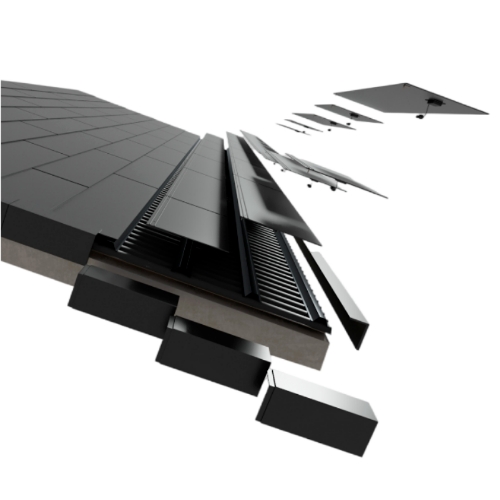
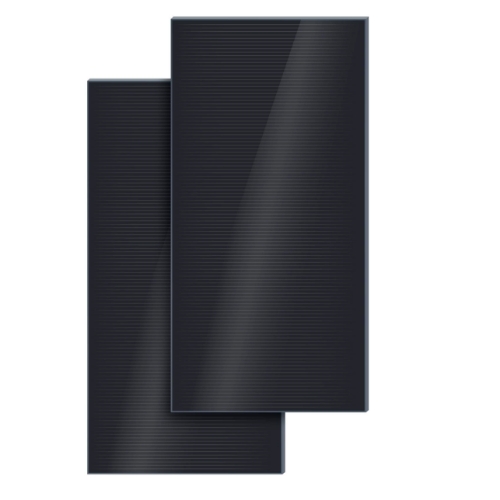
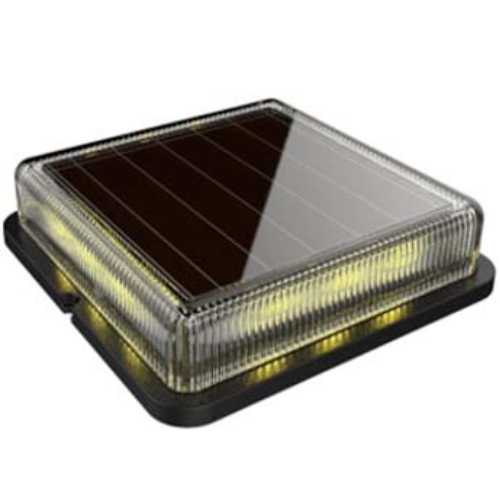
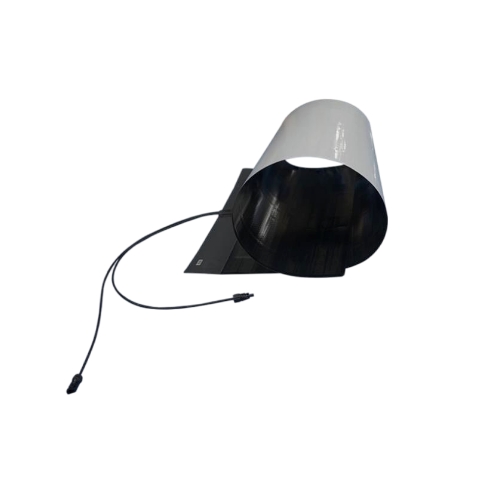
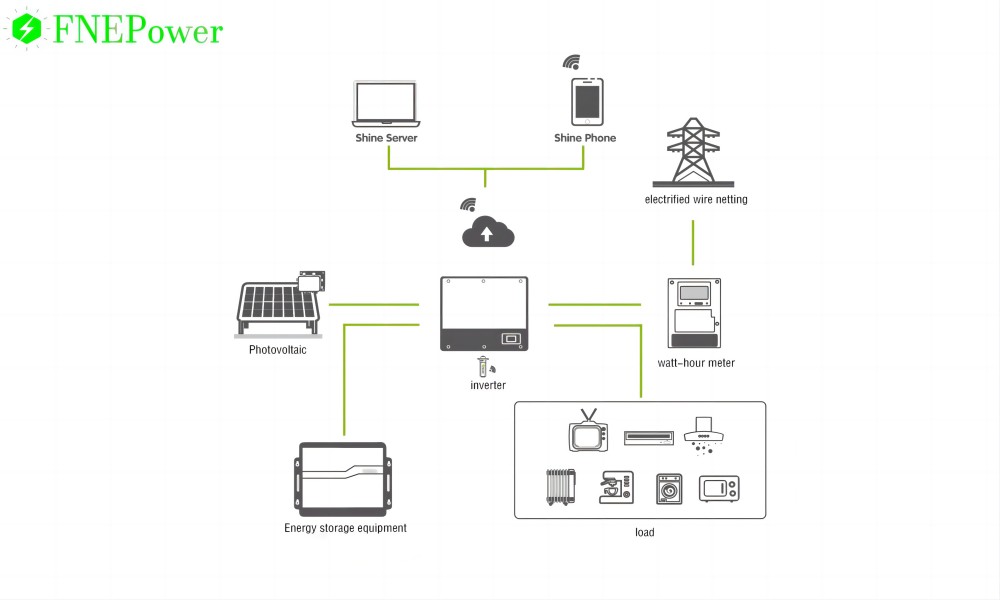
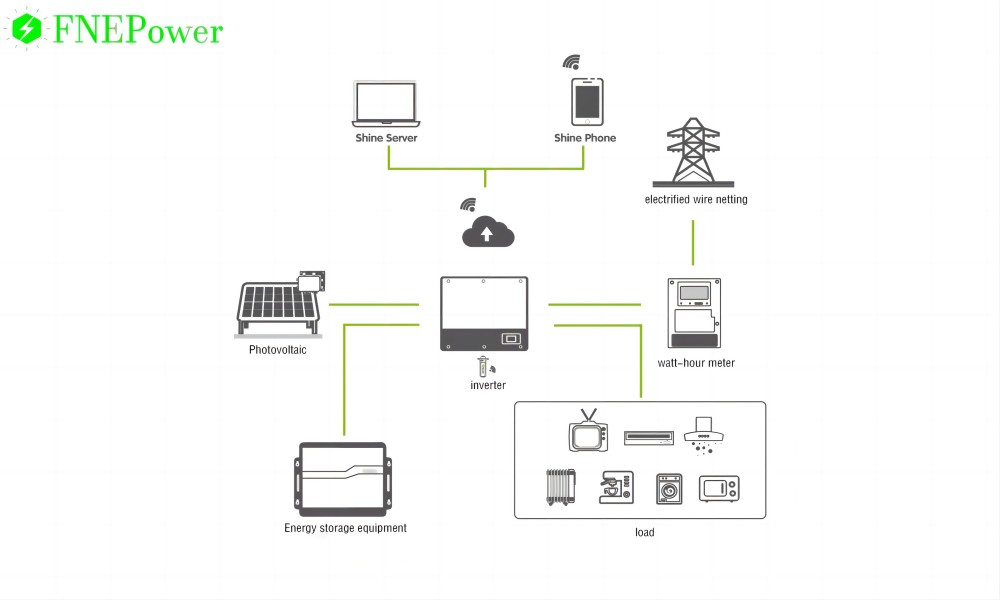

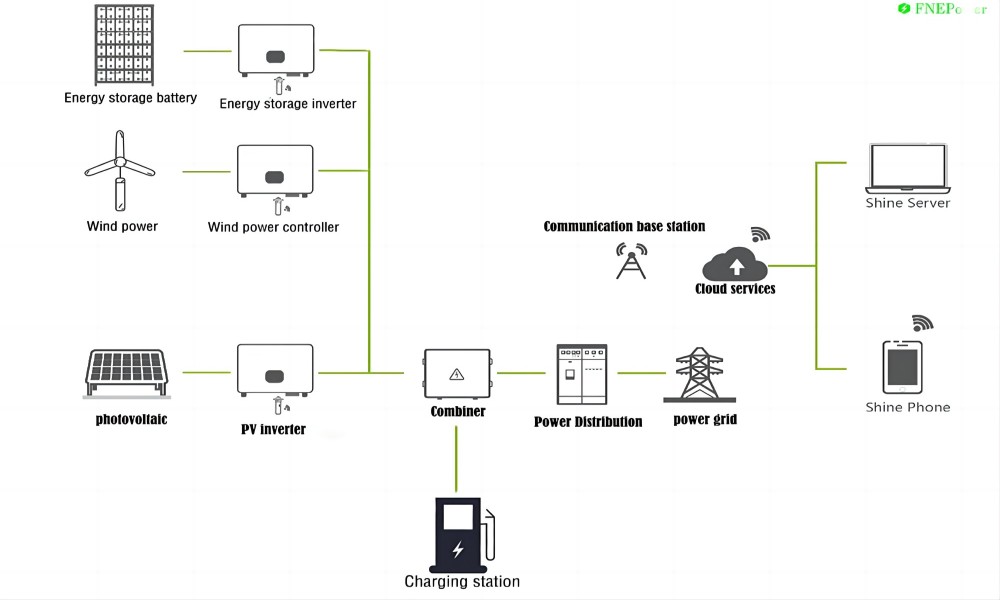




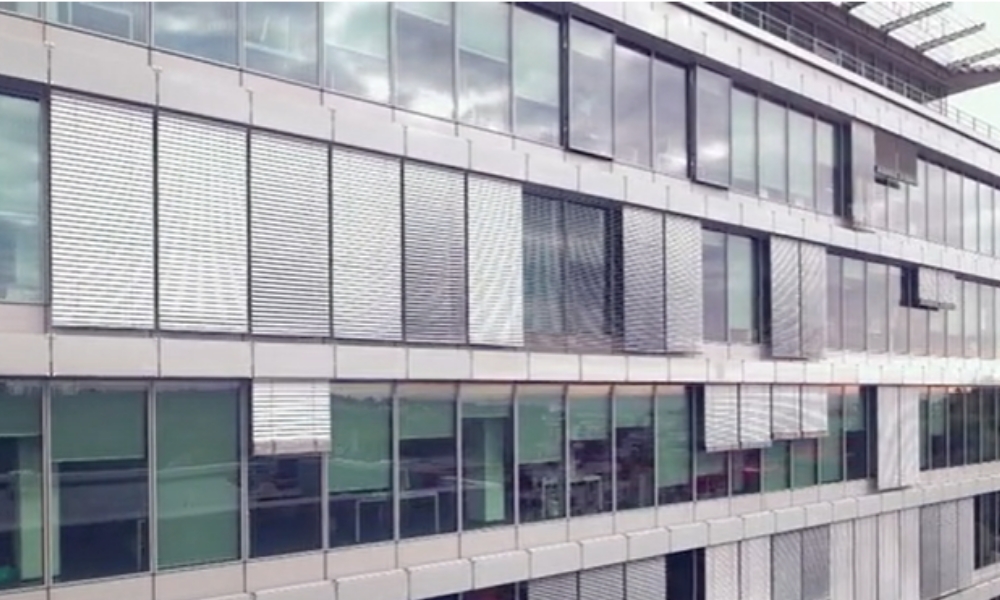
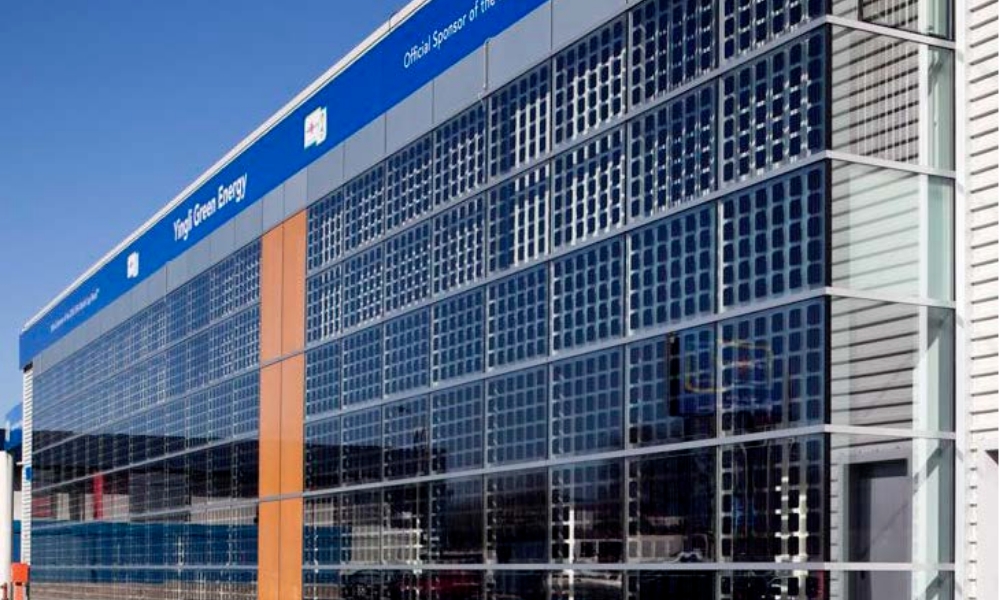
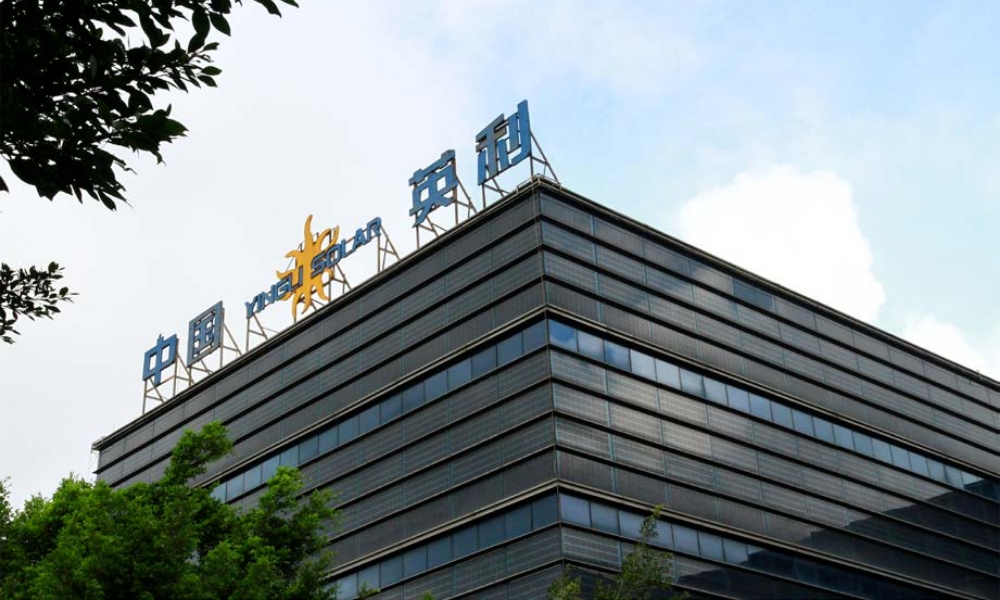
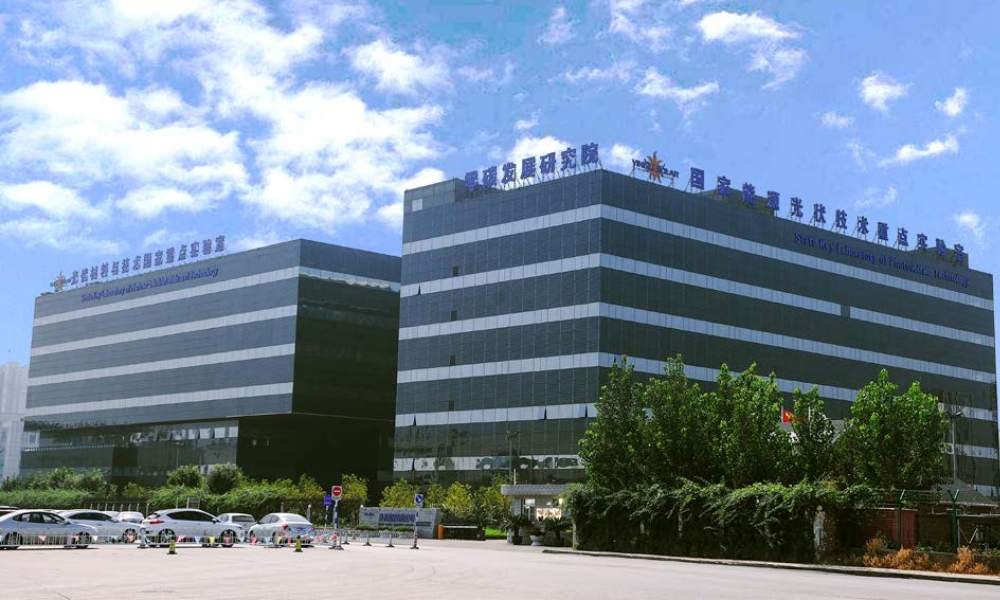
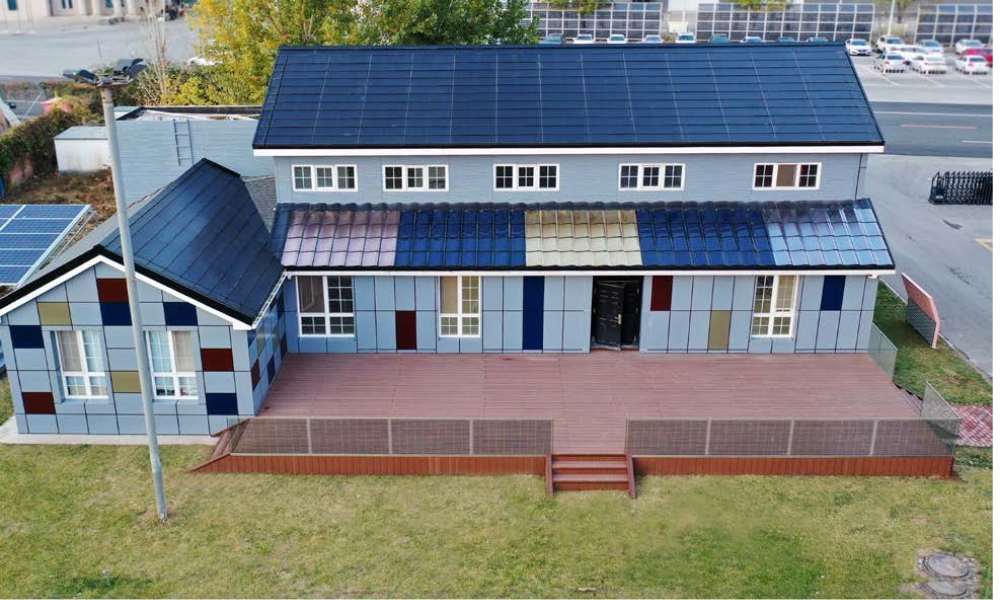
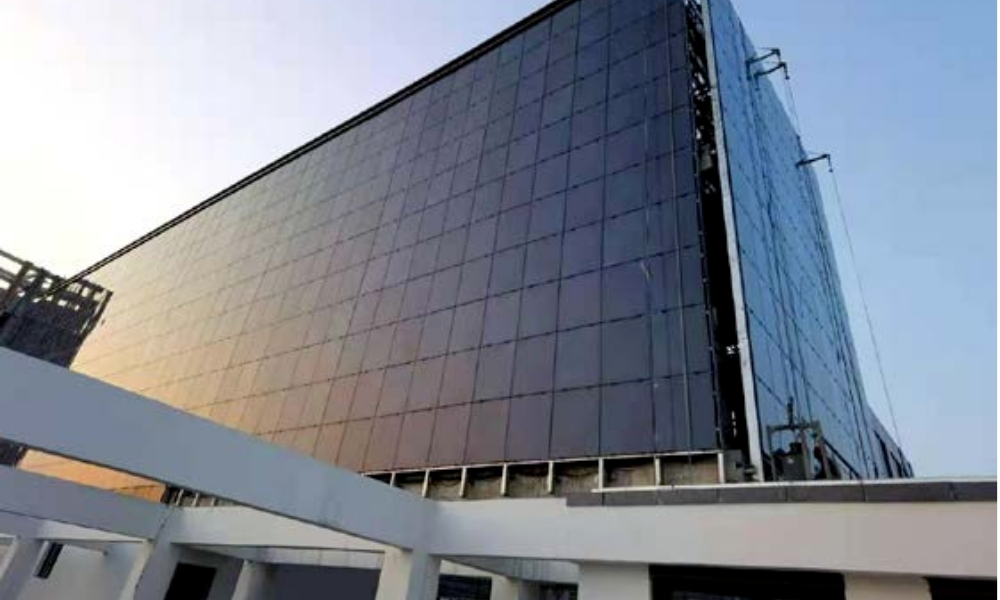





 返回列表
返回列表
